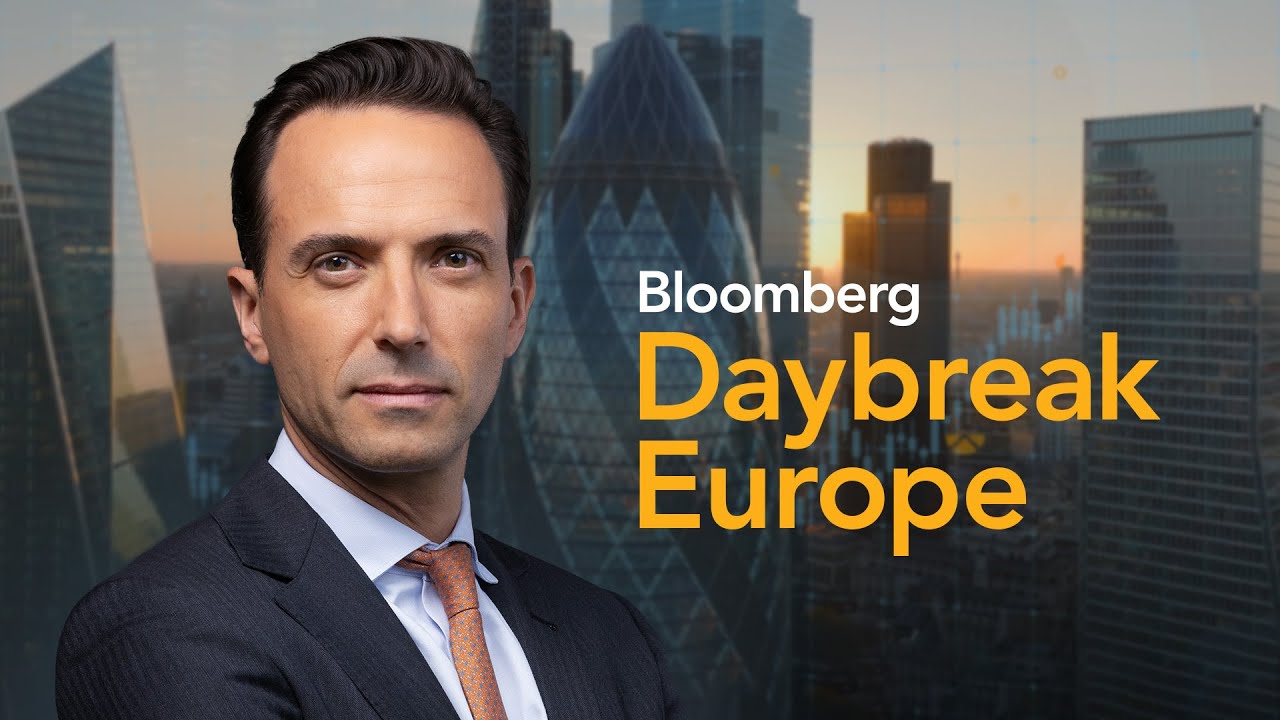The video discusses concerns over the US’s rising deficit and debt, leading to stock declines, rising bond yields, and safe-haven asset shifts amid geopolitical tensions and economic uncertainty. It also highlights OpenAI’s major hardware acquisition involving Johnny Ive, along with global geopolitical and market developments, emphasizing cautious outlooks amid potential stagflation and ongoing geopolitical tensions.
The video covers a broad range of financial and geopolitical developments, starting with market reactions to the US’s growing deficit and the potential impact of President Trump’s proposed tax cuts. Stock markets, including the NASDAQ and S&P 500, experienced significant declines, driven by concerns over increased US debt and the details of the upcoming spending and tax legislation. European markets also showed signs of weakness, reflecting global investor jitters amid the uncertainty surrounding US fiscal policy and its implications for global markets.
In the bond markets, yields across the US Treasury curve rose sharply, with the 30-year yield surpassing 5% for the first time this year, signaling investor worries about the US’s fiscal sustainability. This rise in yields caused a notable selloff in equities, with the bond vigilantes reasserting their influence. Interestingly, despite the rising yields, the US dollar weakened, and gold prices surged, reflecting a flight to safe-haven assets amid the rising concerns over US debt and political uncertainty.
The video also highlights significant developments in the AI industry, notably OpenAI’s largest-ever acquisition of a hardware startup founded by Johnny Ive, the legendary Apple designer. This $6.5 billion deal aims to embed AI into new hardware devices, with plans to ship around 100 million units by 2026. The partnership signals a strategic move by OpenAI to expand into hardware, potentially transforming AI integration in consumer electronics, and marks a major shift in the industry with Johnny Ive’s involvement bringing design expertise to AI-powered devices.
Geopolitical tensions are also discussed, including President Trump’s contentious meeting with South African President Ramaphosa, where Trump presented a video claiming genocide against white farmers—a claim the South African leader denied. The meeting was described as an ambush by some observers, but subsequent talks focused on trade and investment, with hopes that the relationship between the US and South Africa remains strong ahead of the G20 summit. Additionally, the US’s recent record order of jets from Boeing and Qatar Airways’ continued interest in Airbus aircraft reflect ongoing developments in global aviation markets.
Finally, the video touches on macroeconomic outlooks, with industry leaders like Jamie Dimon warning of the possibility of US stagflation and discussing the challenges posed by rising yields, inflation, and geopolitical risks. Market strategists analyze the potential for further bond selloffs, the impact of tariffs, and the importance of diversification. The overall tone emphasizes caution amid uncertain economic conditions, with a focus on how central banks, fiscal policy, and geopolitical events could shape the future trajectory of global markets and economic stability.
